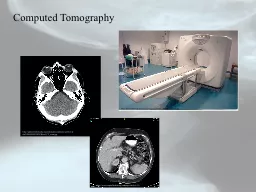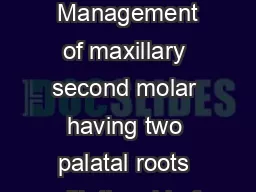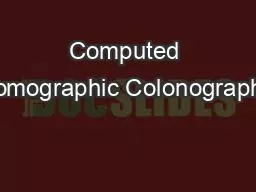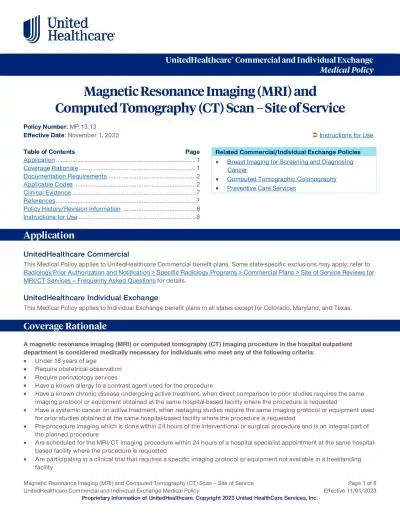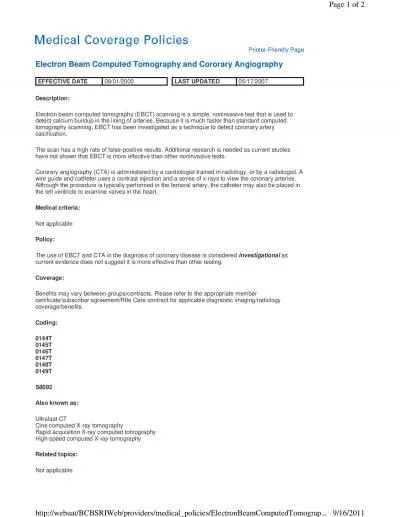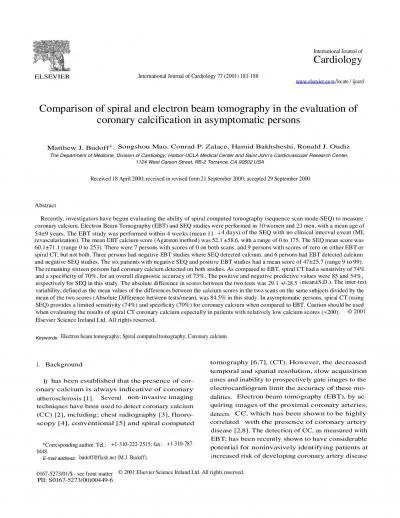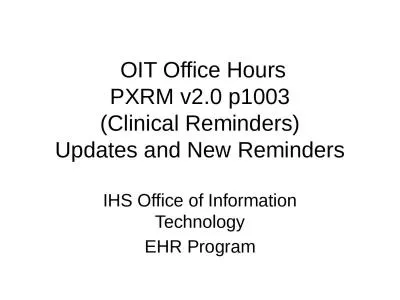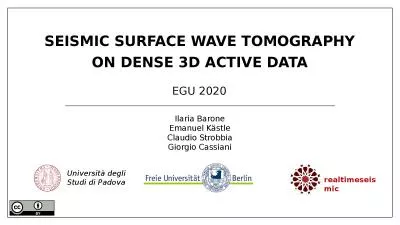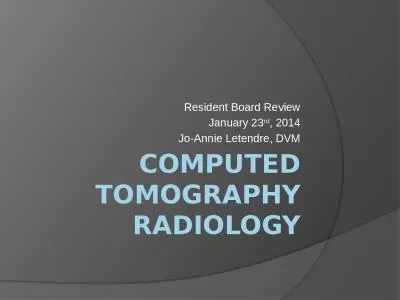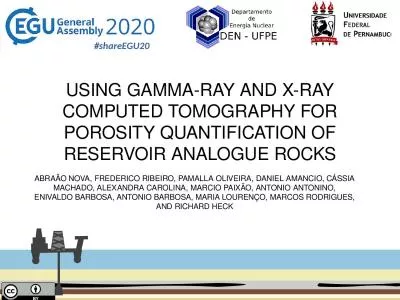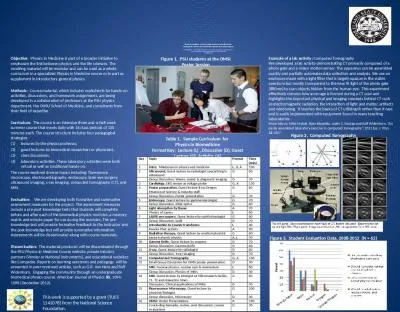PPT-Computed Tomography
Author : natalia-silvester | Published Date : 2016-03-06
httpwwwstabroeknewscomimages20090820090830ctscanjpg httpuploadwikimediaorgwikipediacommonsarchivedda20060904231838HeadCTscanjpg http wwwcapitalhealthorgsubpagecfmref
Presentation Embed Code
Download Presentation
Download Presentation The PPT/PDF document "Computed Tomography" is the property of its rightful owner. Permission is granted to download and print the materials on this website for personal, non-commercial use only, and to display it on your personal computer provided you do not modify the materials and that you retain all copyright notices contained in the materials. By downloading content from our website, you accept the terms of this agreement.
Computed Tomography: Transcript
Download Rules Of Document
"Computed Tomography"The content belongs to its owner. You may download and print it for personal use, without modification, and keep all copyright notices. By downloading, you agree to these terms.
Related Documents

